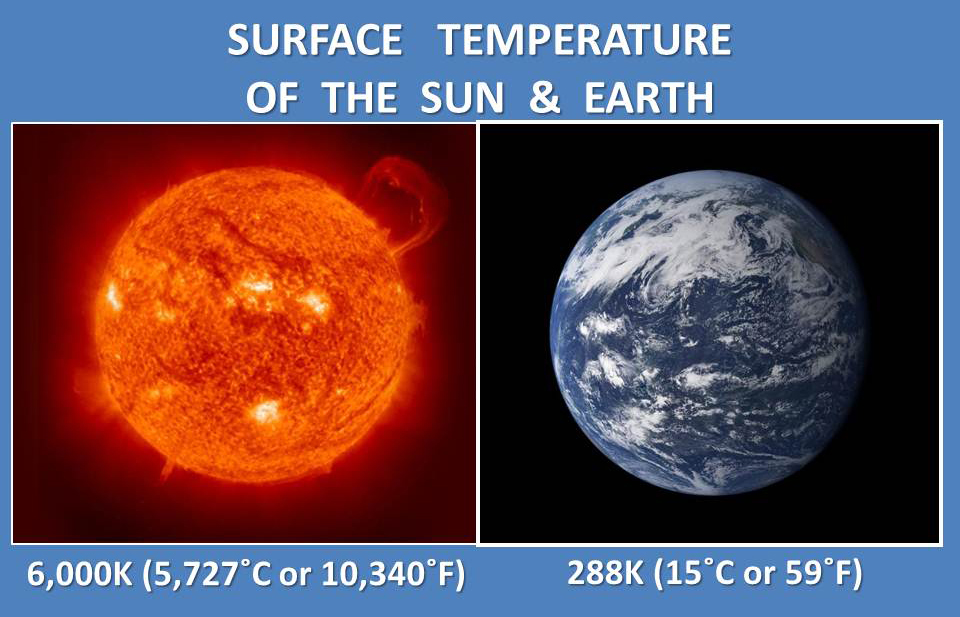The average surface temperature of the sun is 10 000 degrees fahrenheit the temperature at its core is 27 million degrees fahrenheit

The Average Surface and Core Temperatures of the Sun

The sun, our closest star, is a fascinating celestial object that has captured the curiosity of humanity for centuries. While we bask in the warmth and light it provides, have you ever wondered about the incredible temperatures at which the sun operates? In this article, we will dive into the facts surrounding the average surface and core temperatures of the sun.
At an average surface temperature of 10,000 degrees Fahrenheit, the sun is an incredibly hot celestial body. To put this into perspective, the surface of the sun is more than 27 times hotter than the hottest temperature ever recorded on Earth. Such extreme heat is generated by the continuous hydrogen fusion happening in the sun’s core.

Deep within the sun’s core, temperatures soar to a staggering 27 million degrees Fahrenheit. This mind-boggling temperature is necessary for the fusion of hydrogen atoms, which releases an enormous amount of energy in the form of light and heat. The sun’s core acts as a massive nuclear fusion reactor, where approximately 700 million tons of hydrogen are converted into about 695 million tons of helium every second.
To reach such high temperatures, the sun’s core undergoes tremendous pressure, equivalent to 340 billion times Earth’s atmospheric pressure. This pressure is essential to sustain the fusion reactions, as it allows hydrogen nuclei to overcome their natural repulsion and collide with enough energy to fuse together.
The intense heat generated at the sun’s core gradually makes its way upwards towards its surface. This journey takes place through several layers, such as the radiative zone and the convective zone, where heat is transferred through radiation and bubbling convection currents, respectively. Eventually, the heat reaches the sun’s visible surface, known as the photosphere, where it is released into space in the form of sunlight.
Understanding the sun’s temperatures is crucial for scientists studying stellar physics and heliophysics. By collecting and analyzing data, we can gain insights into various solar phenomena, such as solar flares, coronal mass ejections, and sunspots. These studies are essential for unraveling the mysteries of our star and predicting space weather events that can impact communication systems, satellite operations, and even power grids on Earth.
In conclusion, the average surface temperature of the sun is a scorching 10,000 degrees Fahrenheit, while the temperature in its core reaches a mind-boggling 27 million degrees Fahrenheit. These extreme temperatures facilitate the fusion reactions that power the sun and provide us with light and warmth. As we continue to explore and study the sun, we deepen our understanding of our universe and its incredible forces.
Sources:
Related Posts
Quick Links
Legal Stuff

